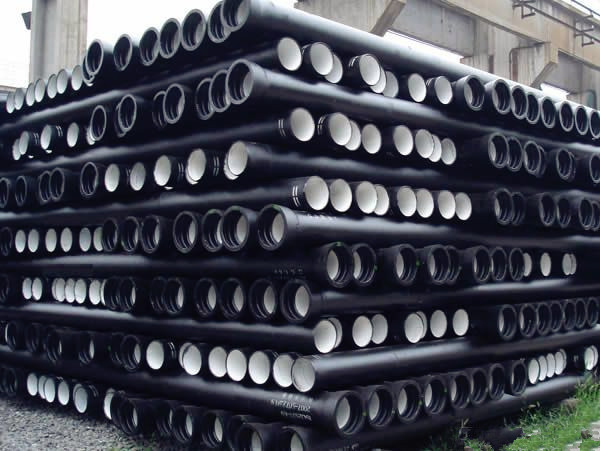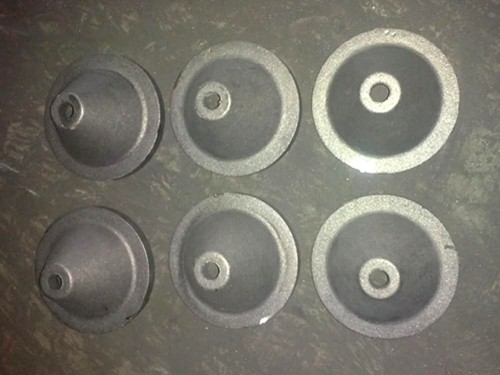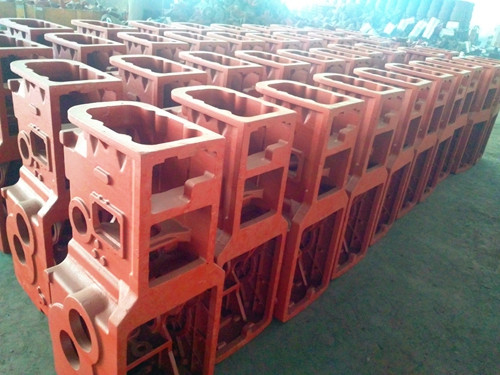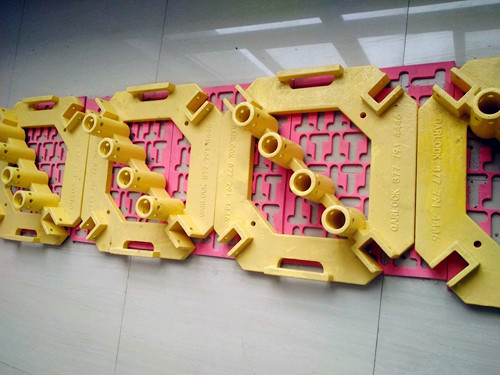Cast iron is a high-carbon iron–carbon alloy. Manufacturers produce it by pouring molten iron into molds and allowing it to cool and solidify.
Depending on the shape of the graphite (the carbon form) inside, cast iron is divided into several types. Among them, grey cast iron(Gray cast iron) and ductile cast iron are the most common.
What Is Grey Cast Iron
In
grey cast iron, carbon mainly appears as flake graphite. Because these flakes give the fracture surface a grey appearance, engineers call it “grey cast iron.”
What Is Ductile Cast Iron
In ductile cast iron, carbon exists as spherical graphite. This rounded structure greatly improves its performance, especially toughness and strength.
Manufacturers obtain ductile cast iron through a special spheroidizing treatment that enhances its mechanical properties. Due to its high strength, toughness, and wear resistance, it is widely used for parts under complex stress, such as crankshafts and camshafts.
Differences Between Ductile Cast Iron and Grey Cast Iron
1. Graphite Morphology
Grey Cast Iron
- Formation: During cooling, carbon precipitates in thin flakes.
- Effect: The flake graphite acts like microcracks in the matrix, concentrating stress and reducing toughness and tensile strength.
Ductile Cast Iron
- Graphite Shape: Spherical
- Formation: Adding nodulizing agents such as magnesium or rare earth elements causes carbon to precipitate as spheres.
- Effect: The spherical graphite causes less damage to the matrix, increasing both toughness and strength.
2. Machinability
Grey Cast Iron
- Grey cast iron (Gray cast iron)provides excellent machinability. It causes minimal tool wear and produces a smooth machined surface.
- During cutting, it forms short chips that prevent tool sticking and improve processing efficiency.
Ductile Cast Iron
- Ductile cast iron also machines well, but it is slightly harder to process, especially at higher hardness levels.
- It produces longer chips during cutting, so operators must choose proper tools and ensure adequate cooling.
3. Application Fields
Grey Cast Iron – Typical Applications
- Machine tool beds and worktables
- Engine blocks (in older models) and cylinder heads
- Kitchen equipment, pipe fittings, and parts requiring good damping and castability but not high strength
Ductile Cast Iron – Typical Applications
- Automotive components such as crankshafts, camshafts, gears, and axle housings
- Construction machinery parts including excavator arms and gearboxes
- Pipeline systems like ductile iron pipes for water supply and drainage due to excellent pressure resistance
- Valves, pump bodies, and other parts requiring high pressure and strength
4. Casting Performance
Grey Cast Iron
- Grey cast iron offers excellent fluidity and is ideal for complex cast shapes.
- It has a low shrinkage rate, which reduces casting defects and improves dimensional accuracy.
Ductile Cast Iron
- Ductile cast iron has slightly lower fluidity and requires tighter process control, especially in temperature and spheroidization treatment.
- It is more prone to defects such as shrinkage cavities or porosity, so foundries must carefully manage casting conditions.
5. Cost Comparison
Grey Cast Iron
- Grey cast iron features a mature production process and low cost, making it one of the most economical cast iron types.
Ductile Cast Iron
- Ductile cast iron is more expensive because it requires nodulizing agents and stricter quality control during production. However, its superior mechanical properties often justify the higher cost in demanding applications.
Conclusion
In summary, grey cast iron offers excellent castability and machinability at low cost, making it suitable for general structural parts.
Ductile cast iron, on the other hand, provides greater strength and toughness, making it ideal for heavy-duty and precision components.
Choosing the right type depends on the specific mechanical requirements and cost considerations of each application.
.jpg)
.jpg) Strength of ductile cast iron is greater than that of gray iron
Strength of ductile cast iron is greater than that of gray iron
 Anticorrosion treatment of nodular cast iron pipe
Anticorrosion treatment of nodular cast iron pipe
.jpg) Ductile Iron Casting QT600-3(12)
Ductile Iron Casting QT600-3(12)
.jpg) Ductile Iron Casting QT600-3(7)
Ductile Iron Casting QT600-3(7)
.jpg) Ductile Iron Casting QT600-3(14)
Ductile Iron Casting QT600-3(14)
 Ductile iron QT450-10
Ductile iron QT450-10
.jpg) Ductile Iron Casting QT600-3
Ductile Iron Casting QT600-3
 Mahindra enclosure of grey cast iron
Mahindra enclosure of grey cast iron
 The highway base of grey cast iron
The highway base of grey cast iron